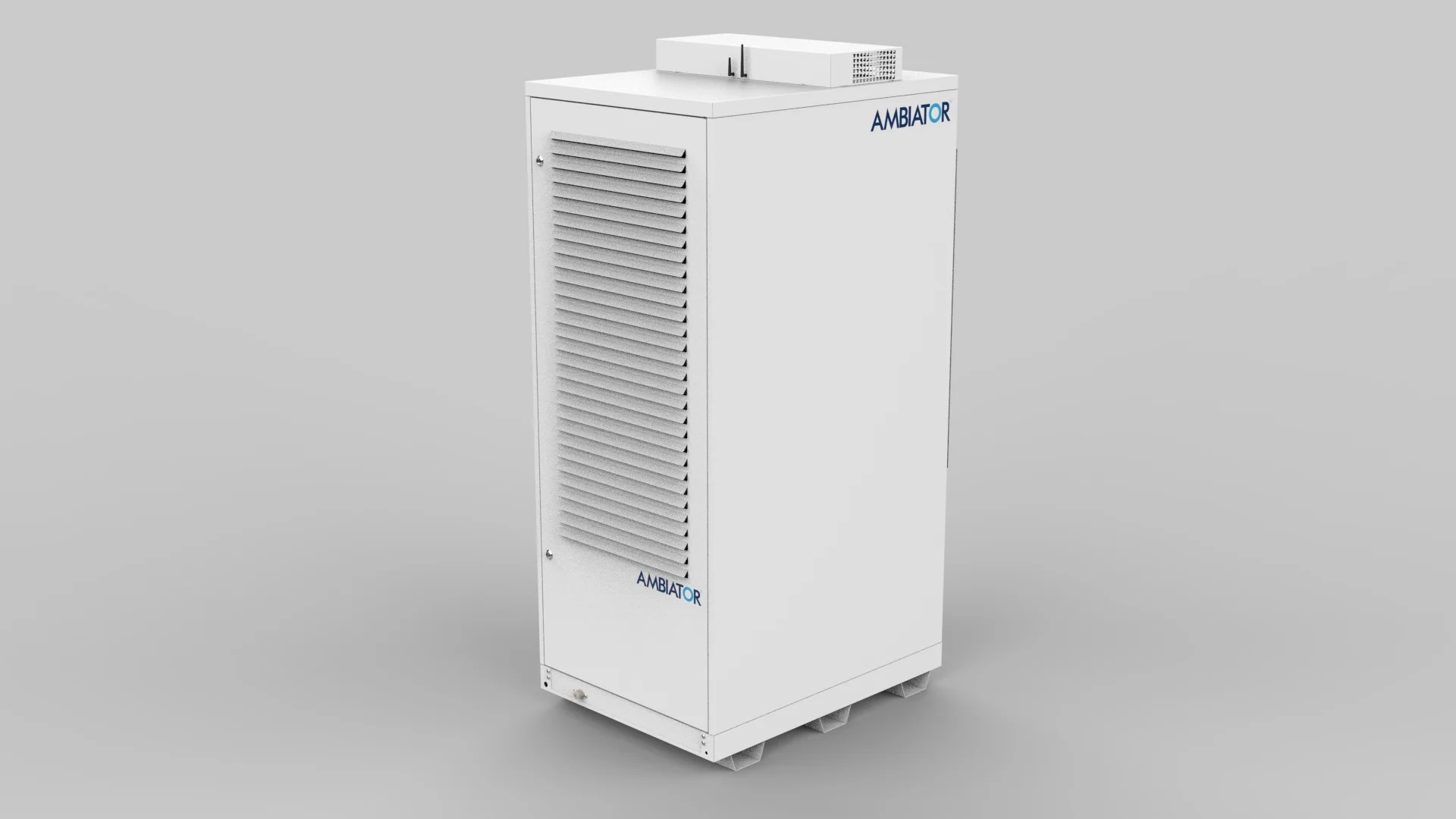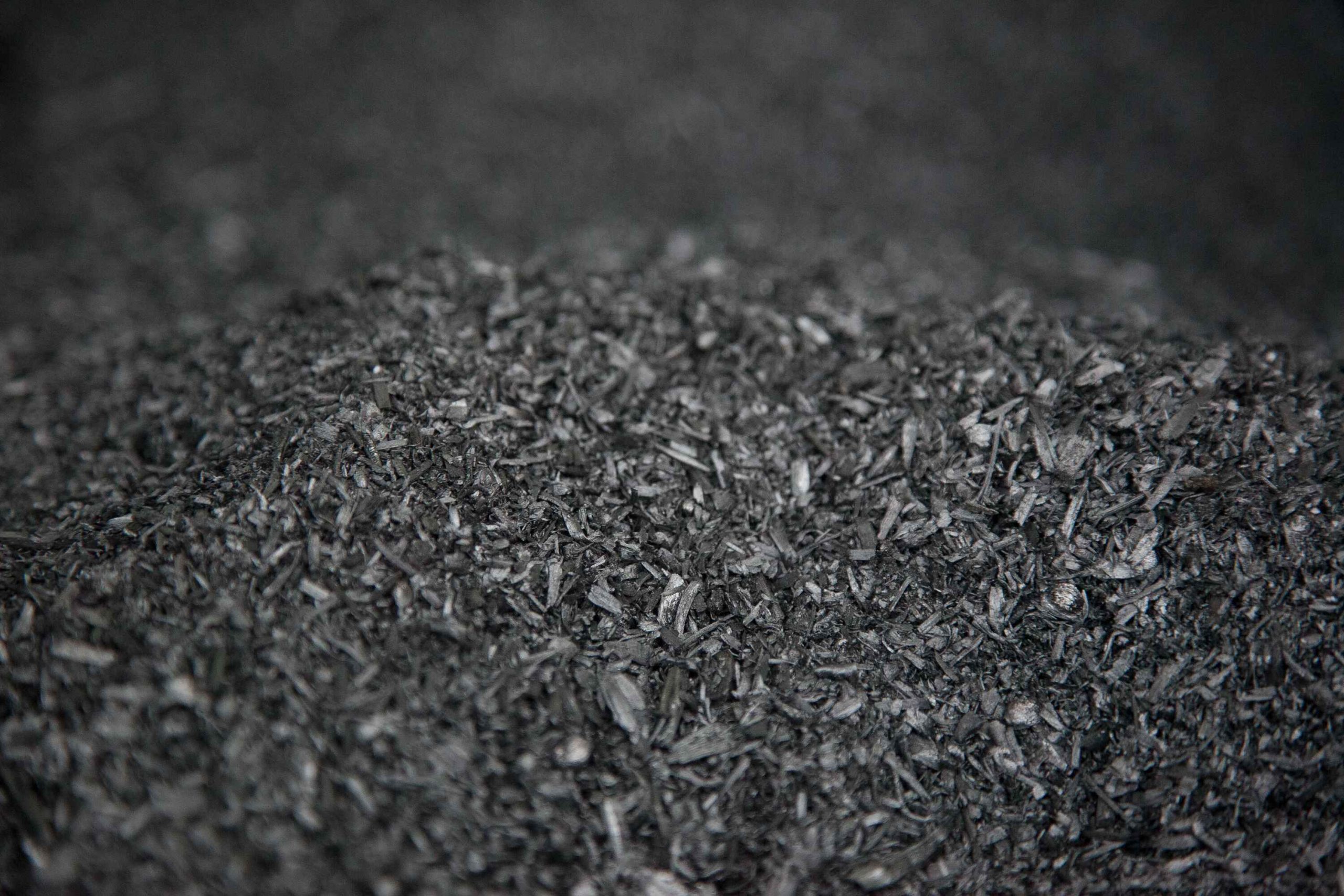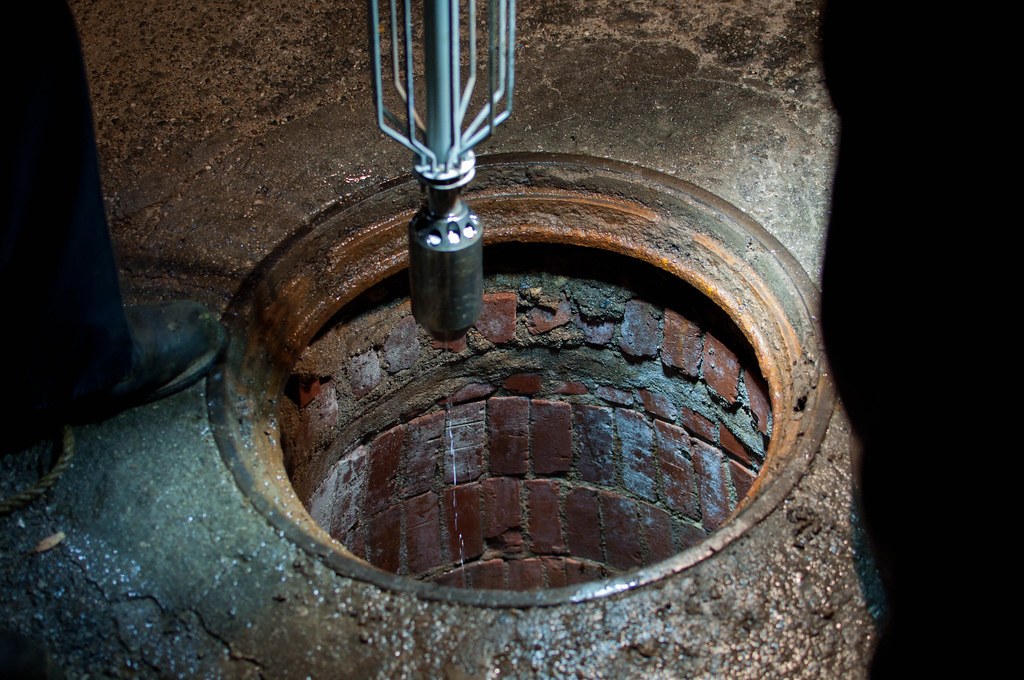Unlocking India’s Pathways to Sustainable Cooling: Diverse Avenues for Engagement
India’s escalating demand for cooling—driven by rapid urbanization, rising temperatures, and expanding middle-class aspirations—presents both a challenge and an opportunity. Addressing this need sustainably requires active participation from citizens, entrepreneurs, academic institutions, and communities. By leveraging policy frameworks, engaging in innovation ecosystems, and fostering grassroots involvement, stakeholders can collectively drive the transition toward energy-efficient and climate-resilient cooling solutions.
Catalyzing Innovation through Government-Backed Platforms
The Indian government has established a robust ecosystem to nurture sustainable cooling innovations, particularly through flagship initiatives such as the Atal Innovation Mission (AIM) and Startup India. AIM has set up over 10,000 Atal Tinkering Labs and more than 50 Atal Incubation Centres, providing startups with mentorship, funding, and access to advanced prototyping facilities. These platforms encourage entrepreneurs to develop and pilot energy-efficient cooling technologies, such as solar-powered air conditioners and low-GWP refrigerants.
A notable example is the Clean Energy International Incubation Centre (CEIIC) in Delhi, which, in partnership with the Department of Biotechnology and Tata Trusts, supports startups working on sustainable cooling solutions. Regulatory sandboxes, as promoted by NITI Aayog, further allow innovators to test new products under real-world conditions with temporary regulatory relaxations, accelerating the path from lab to market.
Integrating Sustainable Cooling into Education and Research
Academic institutions play a pivotal role in mainstreaming sustainable cooling through curriculum development and applied research. The Indian Institute of Technology (IIT) Madras, for instance, has launched dedicated research programs on passive cooling and thermal comfort, collaborating with international partners under the India Cooling Action Plan (ICAP). The All India Council for Technical Education (AICTE) encourages engineering colleges to incorporate modules on green building design and low-energy cooling systems.
Furthermore, the National Skill Development Corporation (NSDC) has introduced specialized training for technicians in the installation and maintenance of efficient cooling appliances, ensuring a skilled workforce for the sector. By embedding sustainability principles in education, institutions are equipping the next generation of engineers, architects, and policymakers to champion climate-responsive cooling practices.
Grassroots Mobilization and Community-Led Initiatives
Community engagement is essential for scaling sustainable cooling solutions, particularly in rural and low-income urban areas. NGOs such as SELCO Foundation have pioneered the deployment of solar-powered cooling for agricultural cold chains, enhancing livelihoods and reducing post-harvest losses. Citizen-led campaigns, like the “Cool Roof Challenge” in Hyderabad, mobilize residents to adopt reflective roofing materials, which can lower indoor temperatures by up to 5°C and reduce energy consumption.
Local governments are increasingly partnering with resident welfare associations (RWAs) to implement pilot projects on passive cooling and urban greening. These initiatives not only demonstrate the efficacy of sustainable technologies but also foster behavioral change at the community level, amplifying impact through collective action.
Policy Advocacy and Public Participation
Active citizen participation in policy formulation and monitoring is crucial for the success of India’s sustainable cooling agenda. The Ministry of Environment, Forest and Climate Change (MoEFCC) regularly invites public comments on draft policies, such as the India Cooling Action Plan and amendments to the Energy Conservation Building Code (ECBC). Civil society organizations, including the Centre for Science and Environment (CSE), facilitate public consultations and disseminate research findings to inform evidence-based policymaking.
Advocacy efforts have led to the inclusion of affordable cooling as a priority in national missions like the Pradhan Mantri Awas Yojana (PMAY), ensuring that energy-efficient cooling is accessible to economically weaker sections. By participating in public hearings, submitting policy recommendations, or joining citizen science initiatives, individuals can directly influence the trajectory of sustainable cooling in India.
Expert Perspectives: Insights from Indian Leaders
Indian experts underscore the importance of multi-stakeholder collaboration in advancing sustainable cooling. Dr. Ajay Mathur, Director General of the International Solar Alliance and former head of TERI, notes, “India’s leadership in sustainable cooling will depend on our ability to integrate innovation, policy, and community action.”
The Indian Society of Heating, Refrigerating and Air Conditioning Engineers (ISHRAE) provides technical guidance and certification programs to promote best practices in the sector. According to ISHRAE’s recent policy brief, “Capacity building and local innovation are key to achieving the targets set by the India Cooling Action Plan.”
By drawing on the expertise of leading institutions and practitioners, stakeholders can access credible knowledge, build partnerships, and contribute meaningfully to India’s sustainable cooling transition.
—
Through coordinated efforts across innovation, education, community action, policy advocacy, and expert collaboration, India’s stakeholders have multiple, actionable pathways to participate in and shape the future of sustainable cooling.













